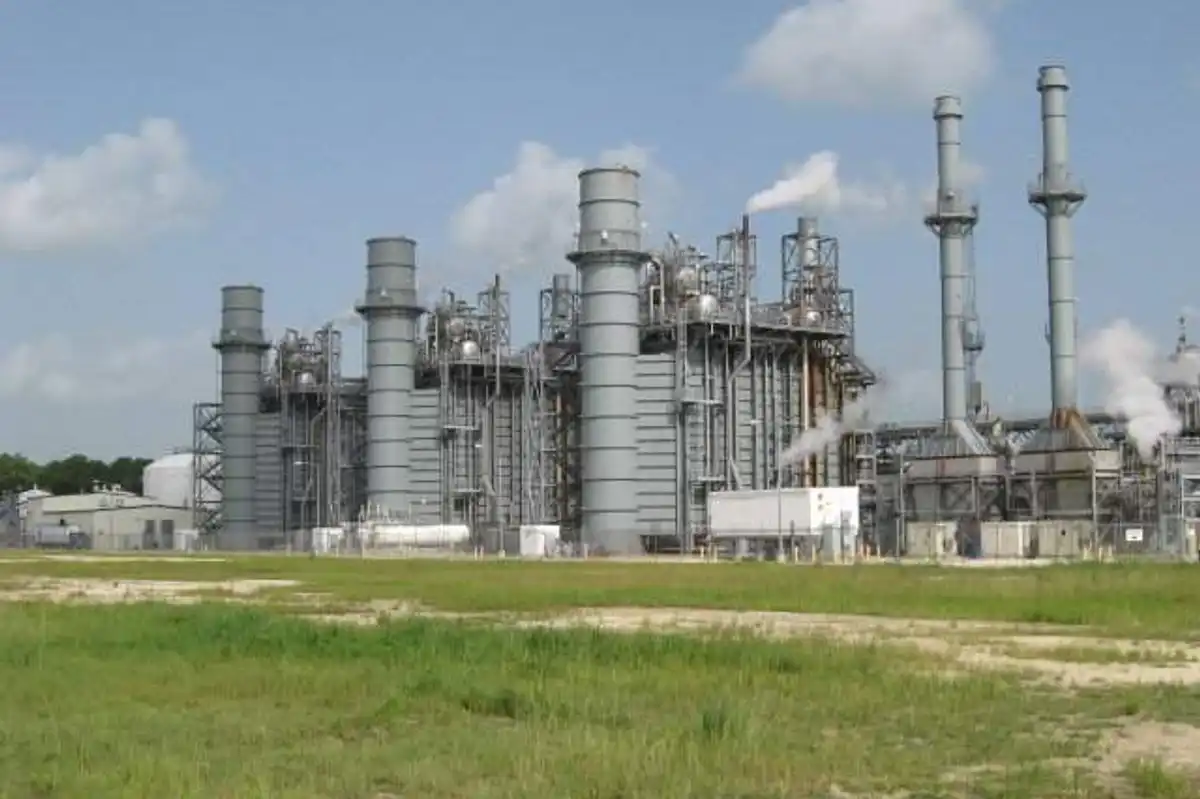Houston entrepreneur on how mobile payments will impact the energy transition
Q&A
Whether you fuel up your car at the pump or a plug, you need to pay for it. One venture-backed Houston company is dedicated to optimizing that transaction process.
P97 was founded in 2012 to upgrade gas station payments — something that had remained stagnant since around 1997 with the card reader. Don Frieden, CEO and president at the company, thought more can be improved in this process and other daily transactions.
He shared his vision for the company — past, present, and future — on the Houston Innovators Podcast, as well as how he sees the relationship between fintech and the energy transition.
Tell me about the founding mission you had for P97 and the current technologies you're working on.
Don Frieden: P97 is my second software startup — both Houston-based companies. The first one was back in the late '90s, and we were leveraging technology to enable workforce automation and decisions for technology. I mentioned that just because it's relevant because fast forward, and that business was required by public traded company in 2008 and some of our learnings were about payments of gas technology, which led us to start this business.
With P97, our mission from the beginning was simplifying and energizing daily journeys. We think about daily journeys from the time we leave home in the morning and when we get back at the end of the day — whether it's tolling, parking, buying fuel, fast food restaurants, it's all a part of your daily journeys, and our goal is to make things a little bit simpler each day.
There hadn't been any payment innovation from the late '90s, and that was contactless payment at the gas pump, but nothing more until we started the business in 2012. Part of the reason the company name is P97 is because we wanted to innovate around payments since we really hadn't seen anything innovative since 1997.
One of the things we’re most excited about is voice enable payments through our partnership with Amazon's Alexa. The landscape of payments at gas stations underwent this next revolution, and we're using cutting-edge speech recognition and artificial intelligence to allow drivers to pay for fuel just using their voice. It makes the process faster and more efficient, and is completely hands-free. From this time I say, “Alexa, buy gas,” six seconds later, the gas would be turned on and any loyalty rewards I have would be applied, all from the comfort of my car.
How is P97 set up to address the energy transition and the new fuel sources coming out of it?
DF: The good news is about fuel is it's a process of filling up a vehicle — whether it's with a EV charge or whether you're putting hydrogen in the tank. We run one of the largest hydrogen networks in California now. Or, it’s just traditional fuel selling in gallons. The biggest challenge really is integrating all of those different use cases into mobile apps so families can have a wide variety of ways to to fuel their vehicles of wide variety of ways to pay for that fuel — all in one really frictionless experience.
How do you see Houston as a hub for your company as well as an energy transition leader?
DF: Houston is pretty much the energy capital of the world, so from from a partnership and client perspective, life is really easy in Houston right because we have so many major energy companies represented here, but we're not exactly a tech hub. Hiring in Houston has been a bit of a challenge. We have to sometimes hire people out of California and relocate them to Houston. Because of the high quality of life in Houston, we have been able to relocate people here and hire the very best talent.
The reality is that all these energy companies have now recognized the energy transition. Early on, electric vehicles were not overly popular, but now I think we all embrace the importance of climate change and zero hydrocarbon footprint. I think the last 24 months have seen really a major change in embracing everything from wind to solar to supporting the electrification of transportation. You've seen major investments by energy companies acquiring technology companies that can help them accelerate as they make the transition. It was maybe a little bit slow going early on, but the last couple of years, we've just watched it really accelerate. I think also with the US Government getting behind the Infrastructure Bill and putting programs out there to help companies transition has really also helped accelerate this process.











